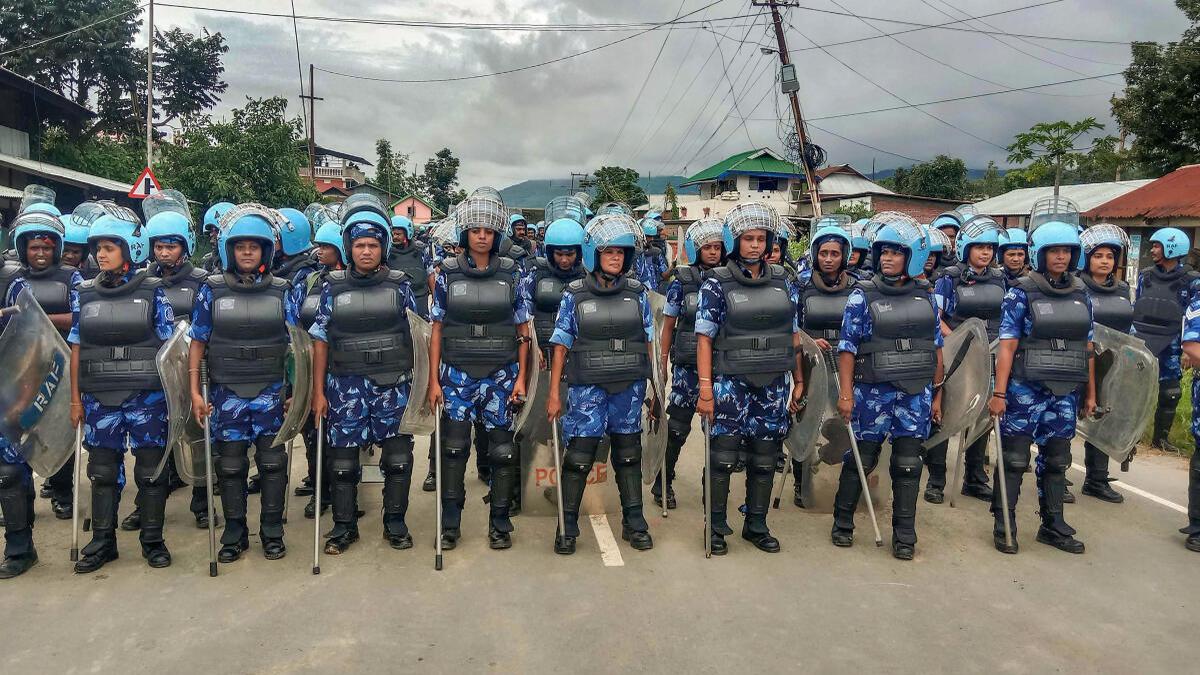
Fresh gunfights in Manipur’s Moreh, curfew reimposed
The Hindu
Curfew reimposed in Manipur's Moreh after gunfights between armed miscreants and police commandos, leaving 200 dead and 60,000 displaced.
Curfew was reimposed on December 31 in restive Manipur’s Moreh, a town on the India-Myanmar border, following intermittent gunfights between armed miscreants and State police commandos since Saturday afternoon.
Moreh is in Kuki-dominated Tengnoupal, one of the districts affected by the ethnic conflict between Kuki-Zo and Meitei communities that broke out in the State on May 3.
District officials said that a high alert was sounded after fresh violence broke out on Saturday at around 3:45 p.m., when the armed extremists ambushed a team of police commandos, leaving one injured. A gunfight ensued, continuing till 5:30 p.m.
“A splinter injured rifleman G. Ponkhamlung of the 5th India Reserve Battalion in his right thigh during the ambush in Moreh,” a Manipur police officer said. The injured commando was evacuated to an Assam Rifles camp and later shifted to a hospital in the State’s capital Imphal.
The officer said that the extremists carried out another attack around midnight on Saturday, firing rocket-propelled grenades at the police barracks in Moreh. Four commandos sustained aural injuries in this attack.
“Fresh firing started at around 5 p.m. today [Sunday]. There is no report of any injury or death so far,” a district police officer said around 7 p.m.
Meanwhile, the Indigenous Tribal Leaders’ Forum, an organisation representing the Kuki-Zo communities, said that the police had fired indiscriminately and burned down three houses in a Kuki settlement on Saturday. Another community-based organisation, the Kuki Inpi, Sadar Hills, demanded a probe into the “arson”.













